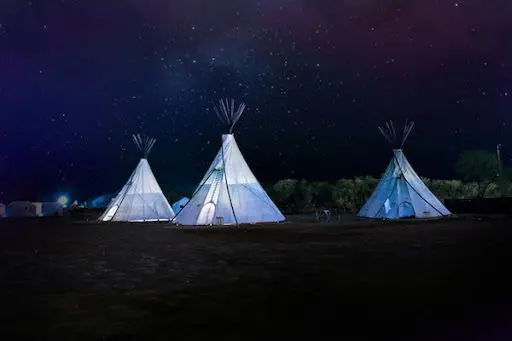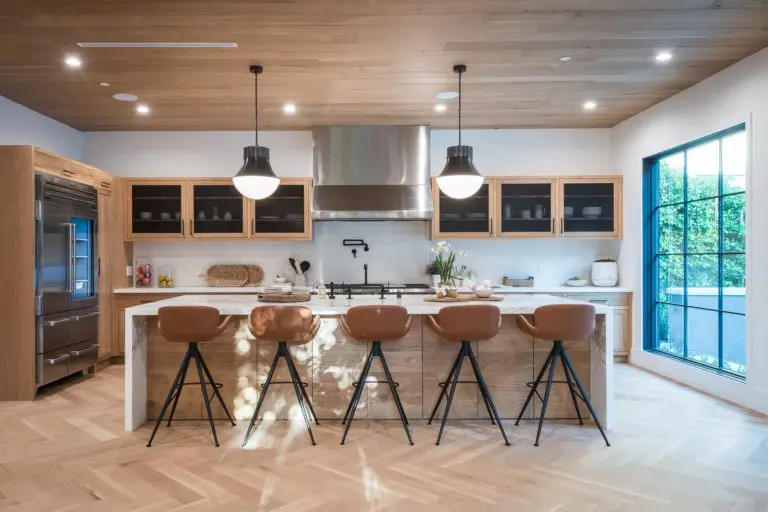How Did Native Americans Construct Their Homes?
How did Native Americans construct their homes? This question can be answered in many ways, depending on the tribe you are looking at. Some tribes used teepees, while others used wigwams. Keep reading to learn more about how these different types of homes were constructed.
Types of Native American Homes

One type of home is the wickiup, which is a simple cone-shaped dwelling made from saplings and mud. The Navajo people use this type of home, and it can be easily assembled and disassembled for transportation. Another type of home is the longhouse, which is a large communal dwelling that can house several families. The longhouse is often used by tribes who live in cold climates, as it provides protection from the elements. The most common type of Native American home is the teepee, which is a portable tent made from animal hides. Tepees are easy to set up and take down, and they provide shelter from both wind and rain.
How Longhouses Came to Be
Longhouses were another type of home that Native Americans built. They were usually long and narrow, with a roof that sloped down to the ground on either end. Longhouses were used to house large groups of people, sometimes up to fifty or sixty people. Families would live in different parts of the longhouse, and there would be spaces for cooking and storing food. Longhouses were often made from logs that had been carved into square blocks. The walls were then filled in with mud, straw, and rocks, which would make them sturdy and weatherproof. Longhouses have roofing made of bark panels from elm or birch trees.
Today’s roofing is made of typically from asphalt shingles. If you have any issues with your shingles, Batterbee Roofing can help with the whole process. Whether you need to make repairs to your existing roof or need a new roof, they can do a phenomenal job.
The Construction of Wickiups

Wickiup is a word of Algonquin origin, meaning “a temporary shelter of poles and bark.” Wickiups were used by many different Native American tribes, primarily for hunting and fishing. The construction of a wickiup is a simple process. First, a foundation of sturdy poles is erected. These poles are then arranged in a cone-like shape, with the point of the cone facing downwards. Large sheets of bark or canvas are then draped over the frame, creating a waterproof shelter. Wickiups are lightweight and easy to assemble, making them perfect for camping or backpacking. They can also be used as emergency shelters in the event of a natural disaster.
DNA testing for Native American populations is used to determine the ancestry of an individual. This can be done by taking a sample of DNA from inside the cheek or by extracting mitochondrial DNA from bone marrow. The mtDNA is passed down through the maternal line and can be used to trace a person’s ancestry back hundreds, if not thousands, of years. In 2001, a study was conducted on Native Americans living in the western United States. The study found that most of the participants had mtDNA that could be traced back to Asia. Several tests can help you narrow down if you have Native American ancestry and help you figure out which side of your family the genes came from. It’s a great way to explore your ancestry and potentially figure out where they used to live.
In conclusion, Native Americans constructed their homes in a variety of ways, using natural materials available to them. While there were some similarities in the way different groups built their homes, there was also a great deal of variation. The most important thing was that the homes were suited to the climate and the needs of the people who lived in them.
Similar Posts:
- None Found









